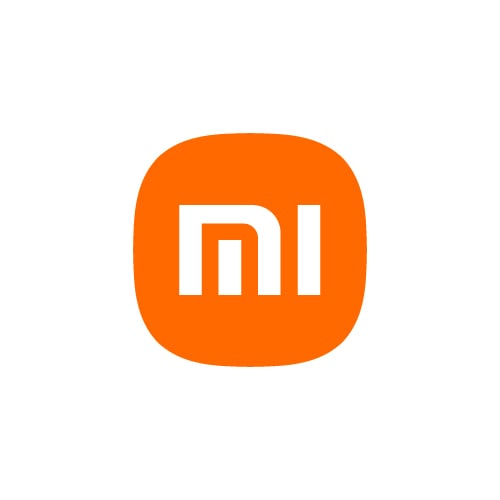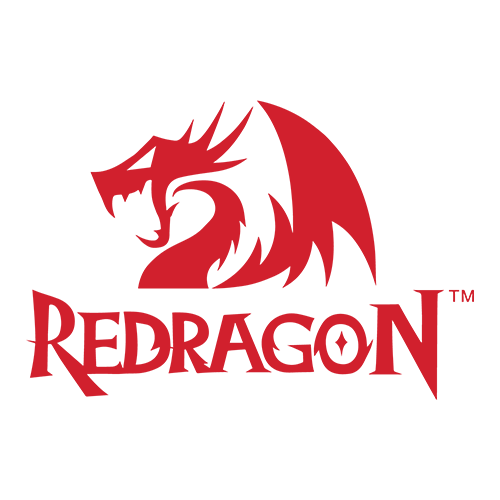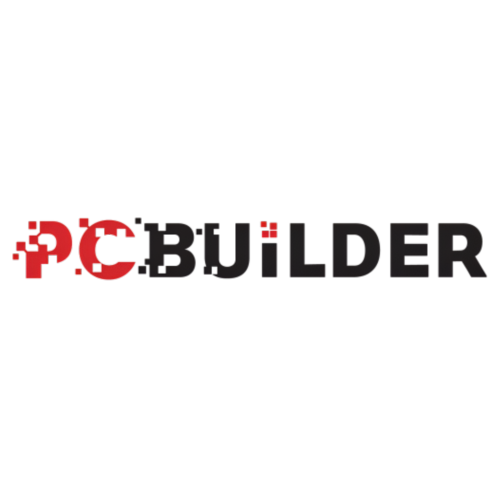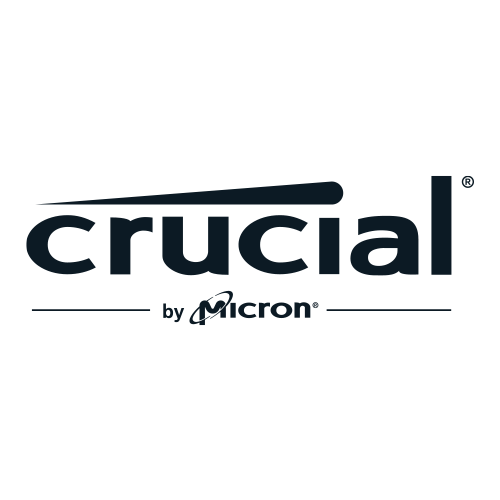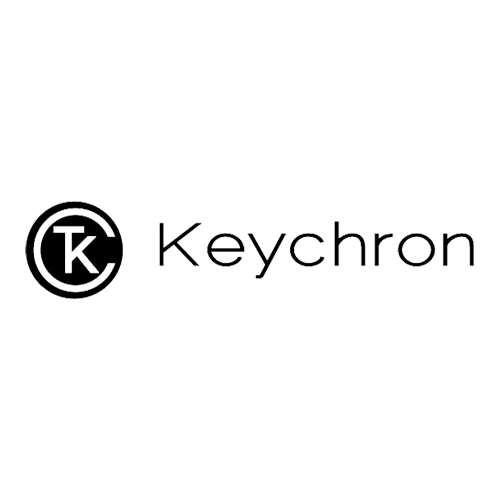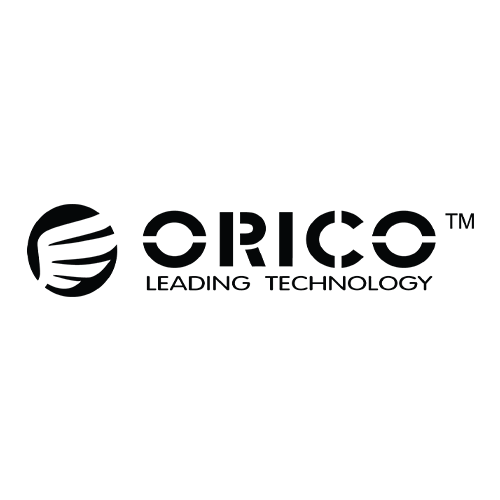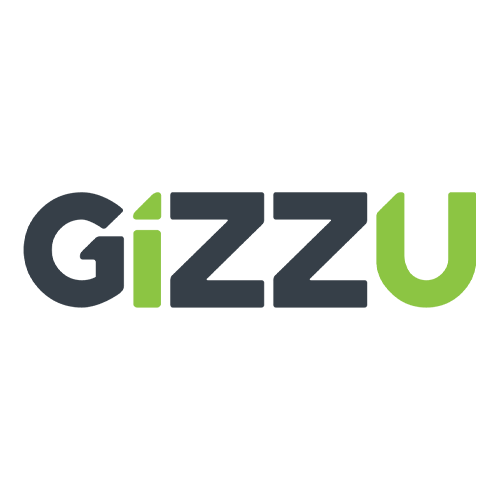
Interruption: The Enemy of Creative Professionals
nicole@syntech.co.za2021-05-25T09:02:38+02:00
Interruption: The enemy of creative professionals
Like every creative professional, I live for that one perfect day of inspired work. Hot coffee is within reach, the loud neighbor is away on business, and the story has become bigger than the space around me. Curiosity has asked a question: What if? Now answers are flowing. Synapses spark, reality disappears, and the vast realm of my imagination expands.
And Heaven forbid if I’m interrupted.
Whether it’s Amazon at the door, Outlook pinging me with a meeting reminder, or a computer that will not respond, interruptions are now the enemy and – paraphrasing Emperor Kuzco – my groove has been thrown off.
Enemy no. 1: Technological interruptions
In times like these, I may be tempted to defenestrate peasants (Kuzco again), but at least I’m not the only one. Creatives everywhere can relate to my frustration, including those who work for Curious Media, the interactive design agency behind apps based on familiar characters your children love. Jesse Huffman, creative director at Curious Media, says whether he’s trying to get “the boring stuff” done so he can get back to creating or using his computer to do quick sketches, it always comes back to how fast his computer is running. “When I get in the zone and slowed down by the computer, it’s very frustrating,” Huffman says.
So why does the phone always ring – and why does my computer always lag – just when I’m hitting my creative stride? Rachel Schmieg, Curious Media animator, sympathizes. “I really wish it didn’t happen,” she says. “You can be in a really good flow, and suddenly, you are forced out of that character’s head.” Schmieg says there’s not much to do then but grab a cup of coffee. “You have to wait until the program loads back up to get back in the flow again.”
The “flow” Schmieg talks about was defined as early as 1975 as “a state of concentration so focused that it amounts to absolute absorption in an activity.” As it turns out, being forced out of the flow can negatively impact creativity, performance, and retention of ideas. A report from University College London published in 2019 builds on this idea, finding that it takes time to recover from interruptions, which often lead to errors in disciplines such as software engineering. “Sometimes ideas are fleeting,” says Phil Balisciano, lead digital producer at Curious Media. “You can lose some of that spark in those minutes you are stuck there waiting.”
Enemy no. 2: Physical interruptions
But Technology is not always to blame. Researchers estimate the average person gets interrupted once every eight minutes while they’re trying to work. It’s nothing new, though. Creatives have been lamenting interruptions in the flow for more than a hundred years. “In the midst of this magic process, it frequently happens that some external interruption wakes me … a ring at the bell, the entrance of my servant, the striking of the clock,” composer Pyotr Ilyich Tchaikovsky wrote in his Life & Letters. “Dreadful, indeed, are such interruptions. Sometimes they break the thread of inspiration for a considerable time, so that I have to seek it again – often in vain.”
Tchaikovsky’s lament is surprisingly relevant in 2019. From chatty coworkers to an abundance of appointments – both personal and professional – there is seemingly no end to the number of times the real world hijacks our creative zone.
Physical solutions
But there are ways to cut down on physical interruptions without alienating coworkers or your family members:
Set aside interruption-free time every day.
Use the Do Not Disturb feature on your calendar and phone.
Protect your workspace. Whether it’s a physical door (you’re allowed to close it!) or headphones in a cubical (I listen to ambient productivity music on YouTube to cut out the noise around me).
Cultivate some kind, but firm, language to counteract your most-talkative neighbors. Read the “Impress Me” column on the Muse for several tactful suggestions.
Enemy no. 3: Myself
Of course, most of us are guilty of sabotaging our own campaign by picking up the biggest interrupter of all: our smartphones. If this resembles you (traitor!), download an app such as SelfControl or Anti-Social to keep yourself from becoming the distraction.
Obstacles become opportunities
But not every interruption needs to be shot down. Sometimes, interruptions are just what we need to cultivate more creativity. Research out of the National University of Singapore focused on the effects of interruptions on creative thinking have found both positive and negative outcomes. “Intermittent low-cognitively demanding interruptions can enhance creative thinking,” the thesis argues. “However, if interruptions impose significant cognitive load on the individual, creative thinking will be impaired.” Flow theory supports that, arguing that a balance between challenges and skills is important to maintaining our creativity. That means certain kinds of interruptions can be healthy, promoting creativity rather than detracting from it.
So how do we tap into these positive interruptions? Purposefully. One way is to use an app such as Micro Breaks, which is designed to encourage breathing, healthy vision, and exercise breaks throughout your workday. Another option, Healthy Browsing, lets you schedule blinking, water breaks, stretching, and posture reminders.
As creative professionals, we need to intentionally protect ourselves against unnecessary interruptions. But isn’t the beautiful chaos of life what inspires us to create in the first place? So, whenever my daughter interrupts me to watch The Emperor’s New Groove (repeatedly), my Internet connection goes down, or my client changes his mind about the newsletter layout (again), at least it makes me appreciate the satisfaction of working in a creative job in the first place.
Perhaps Tchaikovsky said it best: “It would be vain to try to put into words that immeasurable sense of bliss which comes over me directly when a new idea awakens and begins to assume a definite form. I forget everything and behave like a madman… hardly have I begun the sketch, before one thought follows another.”
Get to Know the Author:
Jennifer Froelich is a content author with Crucial, a brand of Micron. After earning a degree in journalism from Arizona State University, she spent several years ghostwriting and editing for an eclectic mix of clients. A lover of books, Sun Devil football, and all varieties of red candy, Jennifer is also an author of fiction for adults and young adults. Find her on Twitter @jenfroelich.

